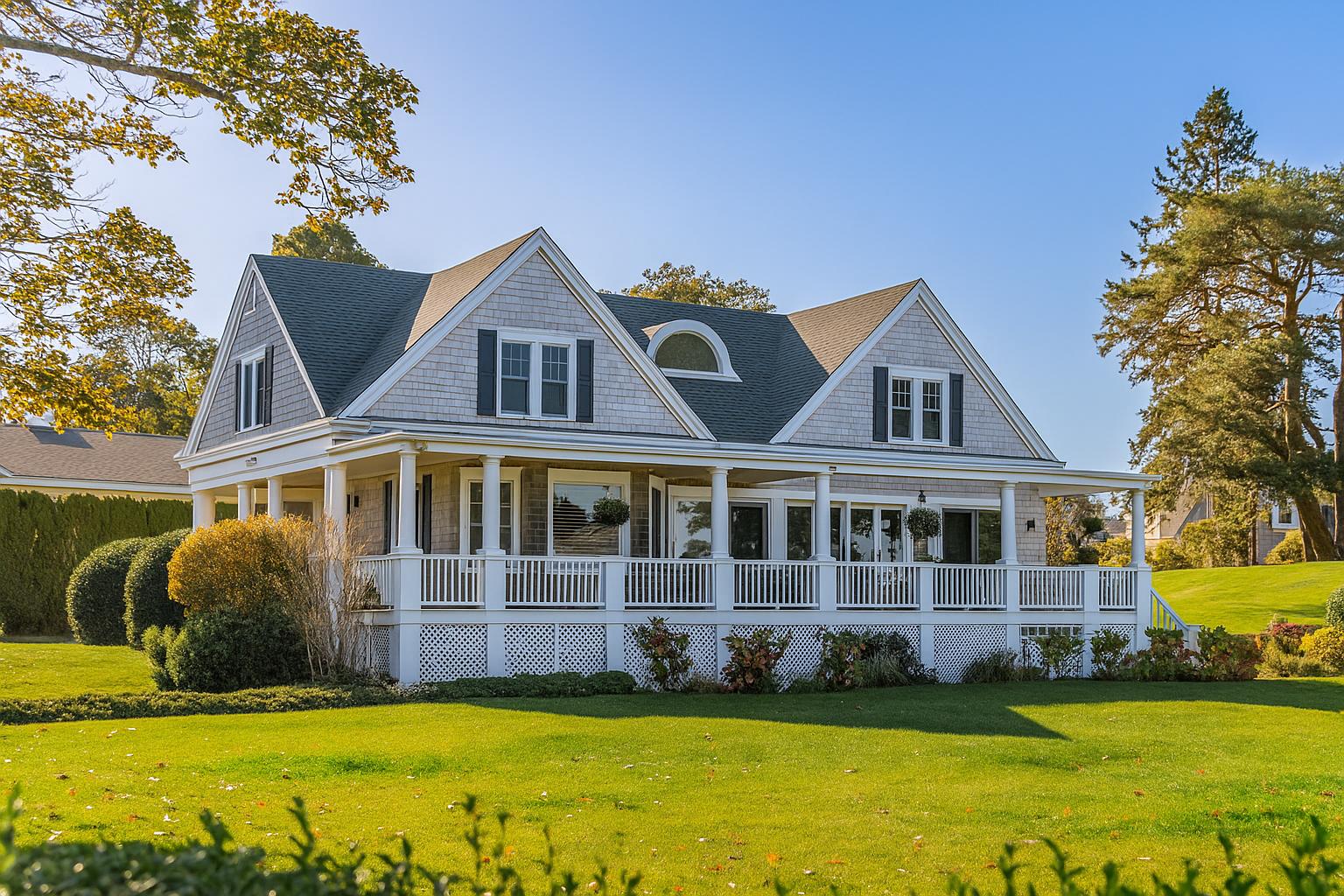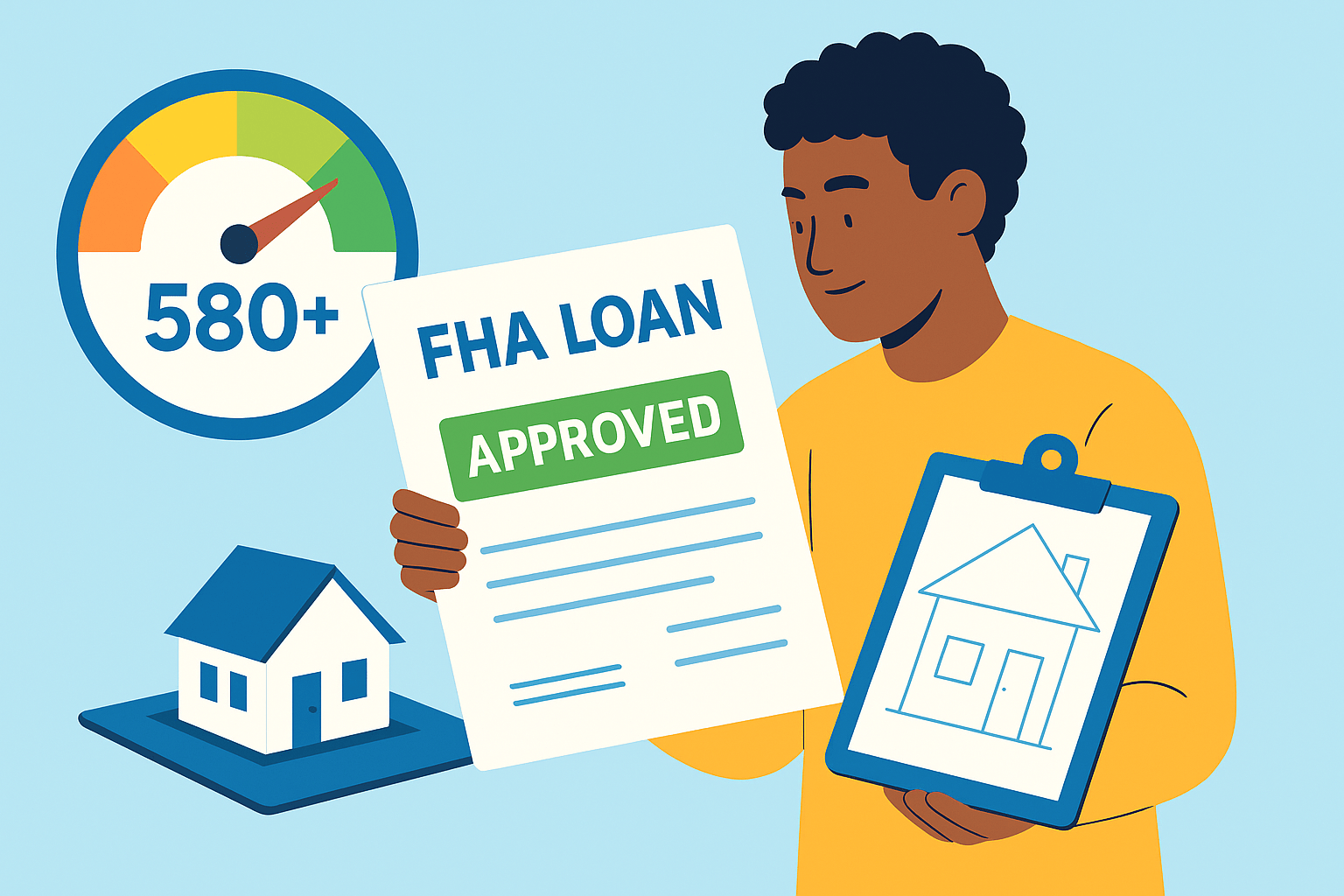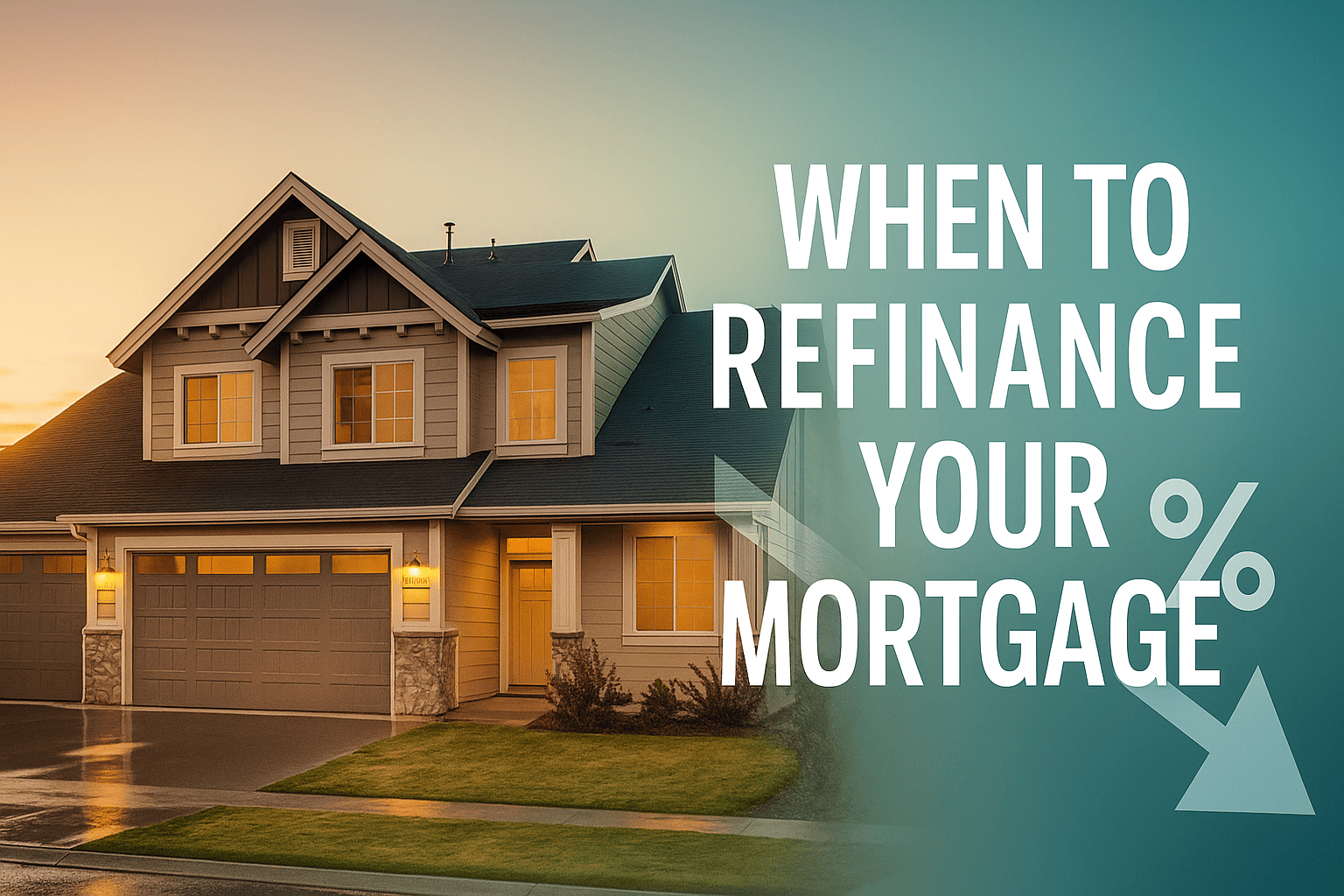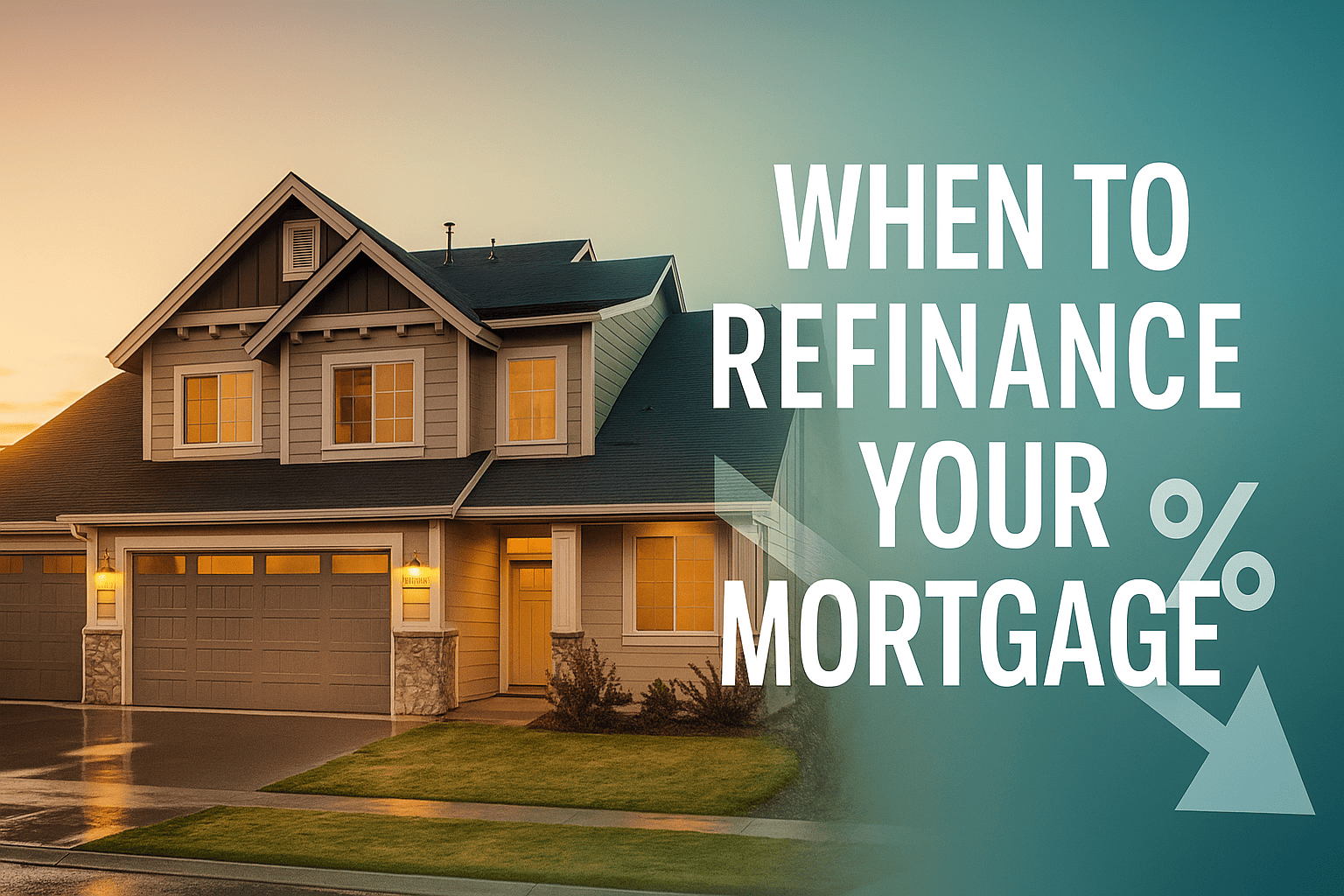Regular Bond Program First-Time Homebuyer Assistance Programs
Unlocking Homeownership in Big Sky Country: A Deep Dive into Montana’s Regular Bond Program
Dreaming of a front porch with mountain views yet worried about down payments that feel higher than Granite Peak? Montana’s Regular Bond Program might be the key that finally turns the lock. This long-running initiative delivers below-market mortgage rates and down-payment help to low- and moderate-income households who want to plant roots in The Treasure State. In the next few minutes, you’ll learn exactly how the program works, who qualifies, and why thousands of local buyers are quietly seizing the opportunity.
What Is the Regular Bond Program?
The Regular Bond Program is Montana Housing’s flagship affordable mortgage option. Backed by tax-exempt mortgage revenue bonds, it subsidizes interest rates so that monthly payments stay manageable even when home prices climb. In other words, the state bundles resources behind the scenes so you can reap up-front savings.
- Product type: 30-year fixed-rate first-mortgage.
- Optional add-ons: Down Payment Assistance (0% deferred loan) up to $15,000.
- Target audience: First-time buyers, veterans, and buyers in federally designated target areas.
According to internal data shared during a 2023 Montana Housing webinar, households using the Regular Bond mortgage saved an average of $168 per month versus conventional market rates—money that now funds college funds, ski passes, or simply peace of mind.
How Does the Program Work?
Picture the program as a friendly guide that walks beside you from pre-approval to closing day. Here’s the roadmap:
- Apply with a Montana Housing-approved lender.
- Lock in the bond-subsidized interest rate.
- Fulfill underwriting—credit, income, and property checks.
- Complete a HUD-approved homebuyer education course—often online.
- Sign on the dotted line and collect the keys.
Income & Purchase Price Limits
Your household income and the home’s purchase price must fall below county-specific caps. For example, in Gallatin County the 2024 income ceiling for a family of three is $111,200, while in rural Treasure County it’s $95,600. Purchase-price maximums hover between $481,176 and $587,800, depending on location. Always verify current limits with your lender because they adjust annually.
Credit & Occupancy Requirements
- Minimum FICO: 620 (though many lenders prefer 640+).
- Debt-to-Income: Generally ≤ 45%.
- Owner-occupancy: You must live in the home within 60 days of closing and use it as your primary residence.
Recent grads with thin credit can still fit the mold. One Bozeman loan officer shared that 28% of her 2023 Regular Bond borrowers had fewer than three tradelines, yet still secured approval thanks to on-time rent and utility history.
People Also Ask: Key Questions Answered
Is the Regular Bond Program only for first-time homebuyers in Montana?
Mostly, yes. A “first-time buyer” is defined as someone who hasn’t owned a principal residence during the past three years. However, the rule is waived for veterans and for purchases in federally designated target areas such as parts of Butte-Silver Bow. That nuance expands access to repeat buyers who are relocating or downsizing.
How much can I save by using Montana’s Regular Bond Program?
Savings come from two angles: rate reduction and potentially lower mortgage insurance costs. In February 2024, bond rates sat roughly 0.75 percentage points below market 30-year fixed loans. On a $350,000 mortgage, that cut translates to about $155 monthly—or nearly $56,000 over the life of the loan. Add in the optional $15,000 down-payment assist, and up-front cash needs can shrink by half.
Can I combine the Regular Bond mortgage with other grants?
Yes. Many buyers stack local initiatives such as Missoula’s HomeNow or employer-sponsored grant programs onto the Regular Bond financing. The trick? Inform your lender early so closing timelines align. Layering assistance packages can turn a daunting down payment into a manageable 1% or even zero out-of-pocket.
What types of homes qualify for the Regular Bond Program?
Stick to 1- to 4-unit properties, new or existing, as long as they meet FHA, VA, USDA, or Freddie Mac standards. Condos and manufactured homes are eligible too, provided they satisfy HUD guidelines. Tiny homes on wheels, however, are a no-go because they’re considered personal property rather than real estate.
Why First-Time Buyers Love the Regular Bond Program
Beyond the rate sheet, the program delivers intangible benefits that don’t show up on amortization schedules. Let’s peek behind the curtain.
A micro-story from Billings
Sarah, a pediatric nurse, and Mateo, a diesel mechanic, rented a two-bedroom apartment whose rent ticked up like Old Faithful each year. With a combined income of $88,000, they still fell under Yellowstone County’s cap. By using the Regular Bond mortgage plus $12,400 in down-payment assistance, they bought a 1970s ranch near Pioneer Park. Monthly housing cost dropped by $93, and the couple turned the extra cash into a “deck fund.” Twelve months later, barbecues replaced landlord inspections. Their story, though anecdotal, mirrors hundreds revealed in Montana Housing annual reports.
Psychological safety
Homeownership stabilizes housing costs—especially powerful in cities like Bozeman where rents jumped 10.2% in 2023, per local MLS analyses. Knowing your payment can’t spike overnight fosters a sense of control.
Generational wealth building
Historically, homeowners have 40 times the net worth of renters, according to the Federal Reserve’s Survey of Consumer Finances. While national, the stat carries weight in Montana where property appreciation has averaged 6.4% annually since 1991, outpacing wages. The program plugs first-time buyers into that wealth engine earlier.
Step-by-Step Guide to Securing Your Bond-Backed Mortgage
- 1. Pick a lender. Use the statewide list on Montana Housing’s website. Choose someone who closes at least five bond loans a quarter; experience matters when underwriting quirks arise.
- 2. Gather documentation. Recent pay stubs, W-2s, federal tax returns, and two months of bank statements.
- 3. Complete homebuyer education. The online course usually costs $75 and may be reimbursable.
- 4. Shop for a home. Stay within purchase-price limits; your realtor can filter MLS searches accordingly.
- 5. Submit to underwriter. Expect 7–10 business days for clear-to-close when files are complete.
If timelines feel tight, remember seasoned lenders often pre-underwrite—think of it as rehearsal before the main performance, reducing last-minute hiccups.
The Hidden Math: Interest Rates vs. Points
A common dilemma surfaces once you sit with the loan estimate: Should you accept the zero-point bond rate or pay points to buy it lower? One Helena lender ran a comparison on a $300,000 note:
| No Points | Buy-down @1pt | |
|---|---|---|
| Rate | 5.10% | 4.85% |
| Monthly P&I | $1,629 | $1,587 |
| Point Cost | $0 | $3,000 |
| Break-even | — | ≈6.6 years |
If you plan to sell or refinance within five years, skipping points makes sense; otherwise, the long-term savings may justify the up-front expense. This granular math highlights why personalized guidance trumps one-size-fits-all advice.
Frequently Asked Questions
Do I need perfect credit to qualify?
No. Scores as low as 620 are acceptable, though higher scores unlock better mortgage insurance rates.
Can I use gift funds with the Regular Bond loan?
Absolutely. Gift money can cover down payment or closing costs, provided the donor signs a letter confirming no repayment expectation.
Is there a prepayment penalty?
None. You may pay extra or refinance anytime without fees.
Will I owe federal recapture tax later?
Possibly, but only if your income rises significantly and you sell within nine years. Fewer than 0.1% of Montana borrowers trigger the tax, per 2022 state audits.
Ready to Turn the Key? Next Steps
The Regular Bond Program doesn’t just lower rates; it lowers barriers—financial and psychological. Think of it as the state’s handshake saying, “Welcome home.” If you’re ready to swap rent receipts for equity statements, start by downloading Montana Housing’s lender directory and booking a 15-minute discovery call. Grab that pay stub, envision your Montana mornings, and take the first step today.
Call to Action: Explore official guidelines, confirm your eligibility, and connect with an approved lender by visiting Montana Housing’s Regular Bond Program page. Your front-door moment could be weeks away.
Suggested URL slug: /montana-regular-bond-program-first-time-buyer-guide
Explore More Blog Posts
Checkout more similar posts those will help you to choose better property.












 Profile
Profile Password
Password Saved Properties
Saved Properties Sign Out
Sign Out
 +0.01
+0.01
 -0.15
-0.15

